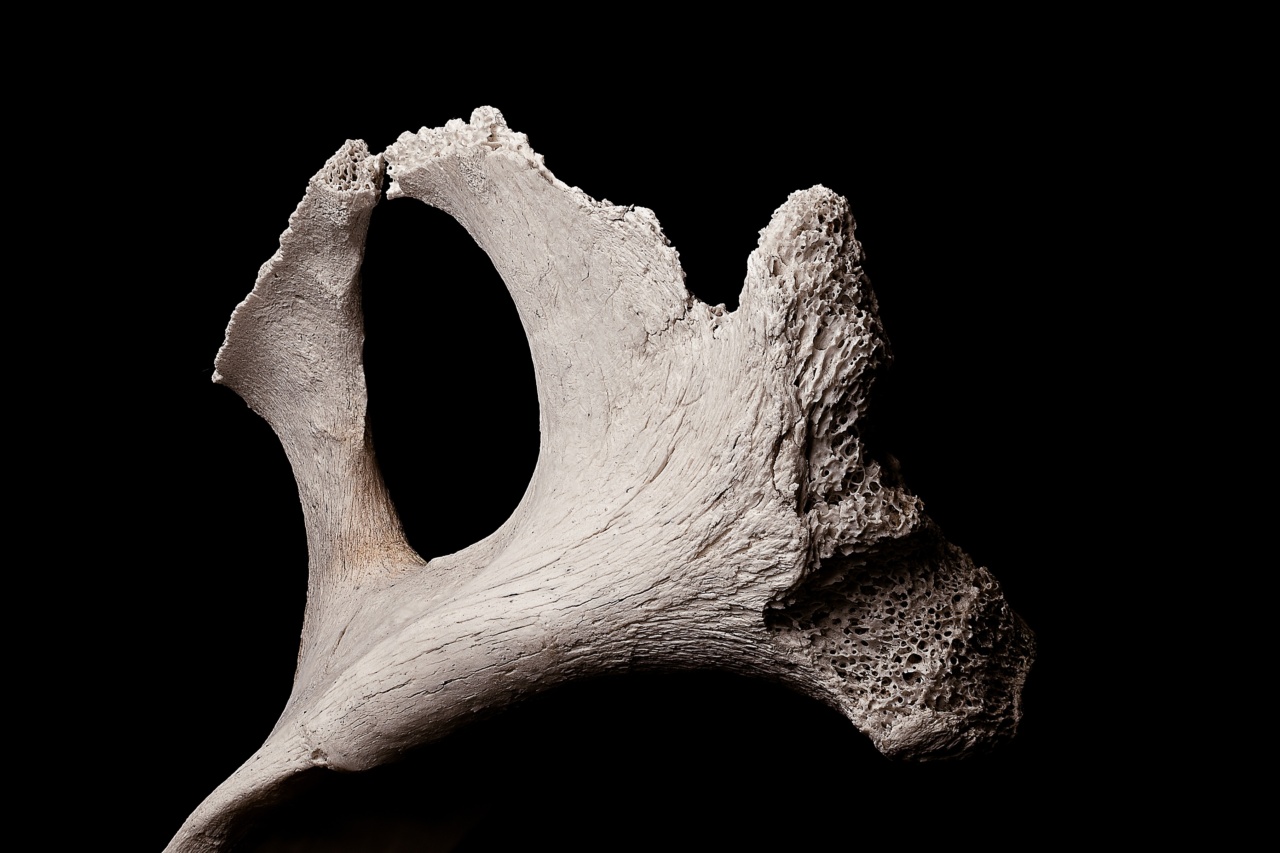Every three seconds, someone in the world breaks a bone. Broken bones, or fractures, can happen for various reasons. They may occur due to a fall, a sports injury, or due to osteoporosis.
Types of fractures
There are several types of fractures, including:.
- Simple fracture: A clean break where the bone does not pierce through the skin.
- Compound fracture: The bone pierces through the skin and is visible on the outside.
- Stress fracture: A tiny crack in the bone, which can occur due to overuse or repetitive motion.
- Greenstick fracture: A partial fracture in which one side of the bone is broken, and the other side is bent.
Symptoms of a broken bone
If you have a broken bone, you might experience the following symptoms:.
- Severe pain, which may worsen with movement
- Swelling
- Bruising
- Deformity
- Inability to bear weight on the affected area
- Numbness or tingling sensation
Complications of a broken bone
Complications of a broken bone can include:.
- Blood loss and shock
- Infection
- Nerve or blood vessel damage
- Joint stiffness or immobility
- Delayed healing or non-union
- Mal-union, where the bone heals in an abnormal position
Treatment for a broken bone
The treatment for a broken bone depends on the severity and location of the fracture. Treatment options include:.
- Immobilization: The affected area is immobilized through the use of a cast, brace, or splint.
- Reduction: The broken bone is put back into its correct position through a procedure known as reduction.
- Surgery: Surgery may be necessary for complex fractures or if there is joint or nerve damage.
- Pain management: Pain medication may be prescribed to manage the pain associated with a broken bone.
- Physical therapy: After the bone has healed, physical therapy can help restore strength, mobility, and flexibility to the affected area.
Prevention of broken bones
Prevention measures for broken bones include:.
- Do weight-bearing exercises: Weight-bearing exercises help strengthen bones and reduce the risk of osteoporosis.
- Cross-train: Cross-training reduces the risk of stress fractures and overuse injuries.
- Use protective gear: Use protective gear while doing activities such as sports or biking.
- Eat a balanced diet: A diet rich in calcium and vitamin D can help strengthen bones.
- Avoid smoking and excessive alcohol consumption: Smoking and excessive alcohol consumption can weaken bones and increase the risk of fractures.
Conclusion
A broken bone is a common injury that can cause significant pain and discomfort. Complications of a broken bone can be severe and may require medical intervention.
Prevention measures such as weight-bearing exercises, cross-training, and using protective gear can reduce the risk of fractures.































